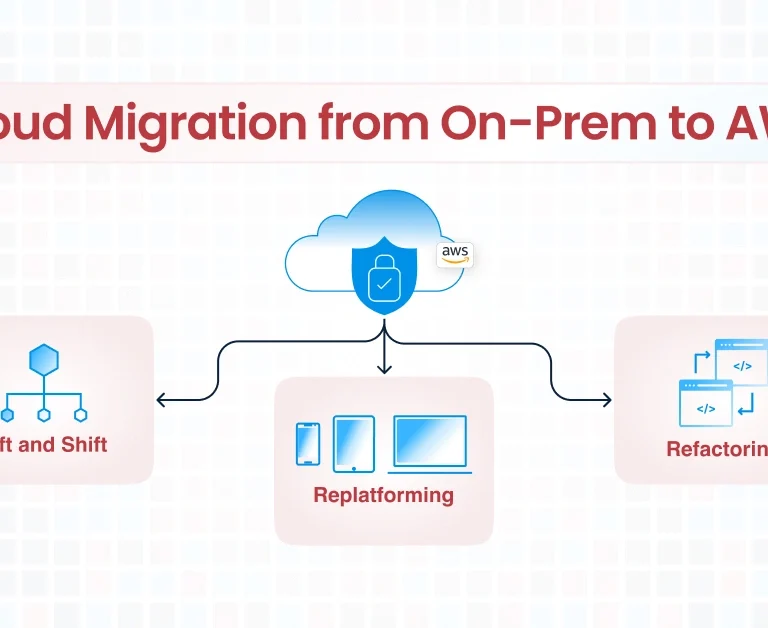Migrating to the cloud can be a daunting task for businesses of all sizes. There are a lot of moving parts to consider, from infrastructure to security to cost. However, with the right migration strategy, businesses can reap the benefits of cloud computing, including increased flexibility, scalability, and cost savings. In this article, we’ll explore the top five migration strategies for cloud and how they can help businesses make a smooth transition to the cloud.
1. Lift and Shift:
The “lift and shift” strategy involves moving an application or workload from on-premises infrastructure to the cloud without making any significant changes to the application or its architecture. This approach is often used for applications that are not cloud-native or cannot be easily modified for the cloud. The benefit of this strategy is that it’s relatively fast and simple to implement, and allows businesses to take advantage of the cloud’s scalability and flexibility without significant upfront investment. However, it may not be the most cost-effective strategy in the long run, as it doesn’t take full advantage of cloud services and may require additional optimization later on.
2. Replatforming:
Replatforming involves making some modifications to an application or workload to make it more cloud-friendly. This may involve updating the architecture to take advantage of cloud services or reconfiguring the application to work more efficiently in the cloud. This strategy offers a balance between the speed of lift and shift and the cost savings of a more fully optimized approach. However, it does require some upfront investment in development and testing. With the use of CloudKitect you can replatform your application even faster than the life and shift strategy.
3. Refactoring:
Refactoring, also known as re-architecting, involves completely re-writing an application or workload to take full advantage of cloud services. This approach can lead to significant cost savings and performance improvements over time, but it requires a significant investment in development and testing. Refactoring is best suited for applications that are critical to the business and have long-term strategic value. With CloudKitect you can focus on application refactoring and not worry about the infrastructure headaches.
4. Hybrid Cloud:
A hybrid cloud strategy involves using a combination of on-premises and cloud infrastructure to achieve specific business goals. This approach is often used when there are regulatory or security requirements that prevent all workloads from moving to the cloud, or when businesses want to maintain control over certain aspects of their infrastructure. The hybrid cloud approach offers the best of both worlds, with the scalability and flexibility of the cloud combined with the security and control of on-premises infrastructure.
5. Multi-Cloud:
Multi-cloud involves using multiple cloud providers to host different workloads or applications. This approach offers businesses the ability to take advantage of the unique strengths and capabilities of different cloud providers, such as pricing, performance, or geographic reach. However, it does require careful management and monitoring to ensure that costs are kept under control and that workloads are properly optimized for each cloud provider.
Conclusion
In conclusion, there is no one-size-fits-all migration strategy for the cloud. The best approach will depend on the specific needs and goals of the business, as well as its budget, timeline, and technical capabilities. CloudKitect can help you carefully evaluate the advantages and disadvantages of each strategy by working with experienced cloud migration experts, making your business transition smoothly to the cloud and realize the benefits of this powerful technology.
Talk to Our Cloud/AI Experts
Search Blog
About us
CloudKitect revolutionizes the way technology startups adopt cloud computing by providing innovative, secure, and cost-effective turnkey solution that fast-tracks the digital transformation. CloudKitect offers Cloud Architect as a Service.






















